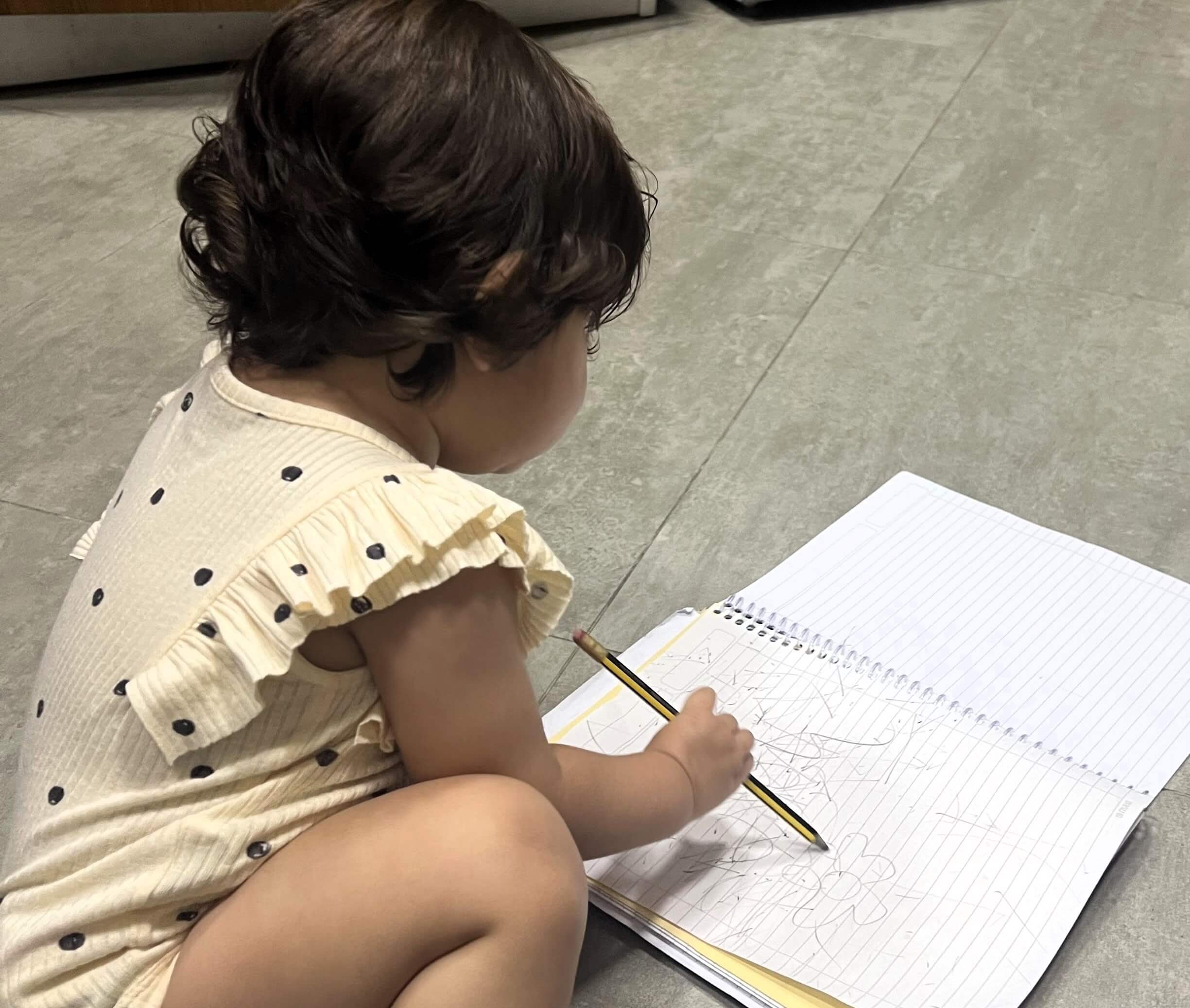EMDR stands for Eye Movement Desensitization and Reprocessing and is a treatment modality that was created in the 1980s. Since then EMDR has been studied extensively and has shown promising outcomes for the treatment of PTSD, anxiety, depression, obsessive-compulsive disorder (OCD), eating disorders, chronic pain, and many other mental health conditions and psychological challenges.
EMDR is an evidence-based treatment modality. It is not a panacea for everything and EMDR therapists should only use EMDR when working with individuals if they have the experience and competency in the area the client needs help with. For example, a mental health professional who has training and experience with treating OCD may use EMDR among many other modalities such as psychodynamic psychotherapy and cognitive behavioral therapy to help someone who is struggling with OCD.
I tend to work with anxiety and depression in all its different colors and shapes. It may present itself anywhere from panic attacks to feeling numb with no energy. I also tend to utilize EMDR to help people who want to heal from recent traumatic experiences such as medical trauma, motor vehicle accidents, and other tragic events, as well as old childhood wounds they endured in their family of origin.
Why do you need to work with memories to heal anxiety, depression or trauma?
In my experience, the only way to heal from depression, anxiety and trauma is through it. The beauty of EMDR is that you will not “relive” your unwanted or traumatic experiences. Instead, you will be safe in my office (or online in a private and comfortable environment) and you will be able to see the memory as if you are looking at it on a TV screen, In other words, you will not go into the memory. This allows for wonderful processing and digestion of material that at the time those experiences occurred, left you too overwhelmed to deal with it.
What does an EMDR session look like?
A typical EMDR session is 45 minutes to 90 minutes long depending on what you and your therapist have agreed. I like to keep my sessions to 50 minutes and in some cases will recommend a 90-minute session if I think it will help.
You and I would decide what memory or experience we will use as a target of healing. I will ask you some questions to prepare and help you bring up the memory vividly. This process “charges up” the nervous system and will bring up disturbances and some distress, which is expected and normal.
Once we have a memory or memories to work with, I will sit slightly closer to you and guide you to move your eyes to left and right, by following the movement of my fingers. These eye movements are similar to what happens during REM sleep whereby your eyes move left and right, like watching a tennis match. This movement is thought to help the mind heal through a process called memory consolidation and integration. It is also a type of stimulation of left and right brain activity that can aid this process.
What can you expect from an EMDR session?
There is a whole lot of preparation involved before we would start eye movements and tapping to process past experiences.
At first, there may be some distress and lots of emotions that will clear out of your system. After one or sometimes a couple of EMDR sessions, people begin to experience relief. It typically helps people think of their past from a completely different new perspective. EMDR helps you tap into your own natural inner healing intelligence. Our mind and body are wired toward healing. When we get a physical wound, it naturally wants to heal. Unprocessed trauma can become like an infection, which means it needs a bit of support before the mind can heal. In other words, EMDR can be like clearing out the infection.
How do you know if EMDR is right for you?
You can learn more about EMDR by looking through EMDRIA.org
There are also videos and examples of EMDR you can watch online. Please don’t try it yourself as you will need a trained therapist to guide you through it as there are many nuances and important steps that come before, during and after EMDR therapy in order to avoid harm and get the best results.
How do I find the right EMDR therapist?
EMDRIA.org has a listserve of trained therapists around the world who you can connect with to find the right therapist for you.
Dr. Ava is a psychologist at the MapeTree Psychotherapy Center in Dubai. To make an appointment with her please visit www.tmtcdubai.com.




